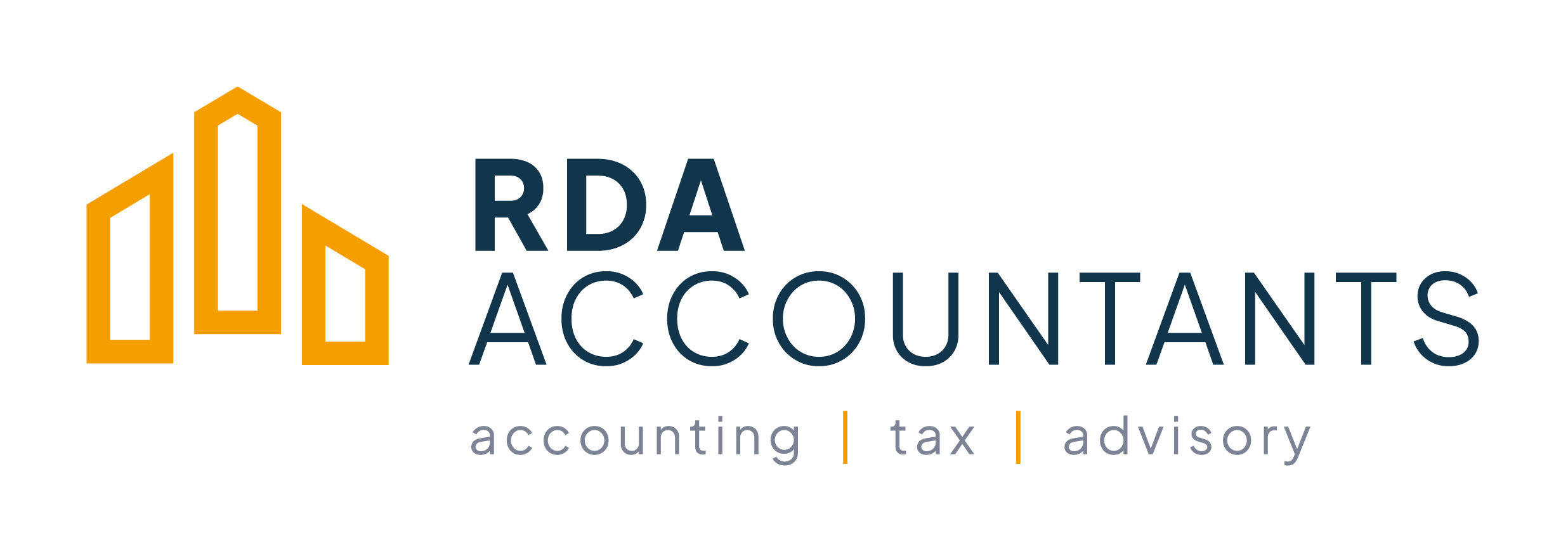I am a self employed sole trader, just turned 62. Whilst I have no wish to retire anytime soon I...
Options Available when Winding Up an Executive Pension Scheme
I am a Self Employed Company Director in my late 40’s. After almost 20 years in Business I have decided to wind up my Company due to the current economic environment. I intend setting up a new Company, later in 2012 as I have plans for a new Business venture. I have also been paying into an Executive Pension Scheme with my Company for the past 10 years. Is it true that I need to ‘wind’ this Pension Scheme up? Can you please outline the options available to me with regards to this Pension Scheme?
I congratulate you on your 20 years success in Business. It is a sad reflection of today’s economic climate that so many Businesses are winding up their operations. However, I also wish you success with your new Business venture in 2012.
Broadly speaking you are indeed required to wind up the Executive Pension Scheme you have been paying into for the past 10 years. When you are embarking on this exercise, there are a number of options open to you with regards to the method in which this can be achieved.
1) You can elect to set up a new Pension, a PRSA (Personal Retirement Savings Account). This new Pension can then receive the transfer amount from your existing Executive Pension. The existing Executive Pension is then closed as there are no funds remaining invested in the scheme.
2) If you are setting up a New Company with the intention of setting up a new Executive Pension Scheme it may be possible to transfer the value from the old Pension Scheme into the new Executive Pension Scheme associated with your new Company.
3) Set up a Personal Retirement Bond / Buy-Out-Bond. This is essentially an individually held Pension Bond into which you can transfer your pension fund when you leave your company pension scheme. It cannot accept further pension contributions.
Many of the above options accessible to you depend on what your long term intention is with regards to the nature of your work and your intention to continue to keep paying into a Pension plan of some sort, as there are important advantages and disadvantages to each of the above options.
Examples of the issues that need to be considered are:
- Do you intend on continuing to pay into some form of Pension Plan?
- What type or range of investments would you like to hold within your Pension structure?
- At what age do you intend on retiring?
- Would you like to incorporate some form of life cover into your Pension Plan?
- Do you have any other Pensions?
There are a myriad of considerations and issues that will inform your decision. Inevitably you will need the advice of a suitably qualified professional in order to weigh up the options available to you. It is important that the decision you make now takes into account your personal situation and financial circumstances now and in the future.
